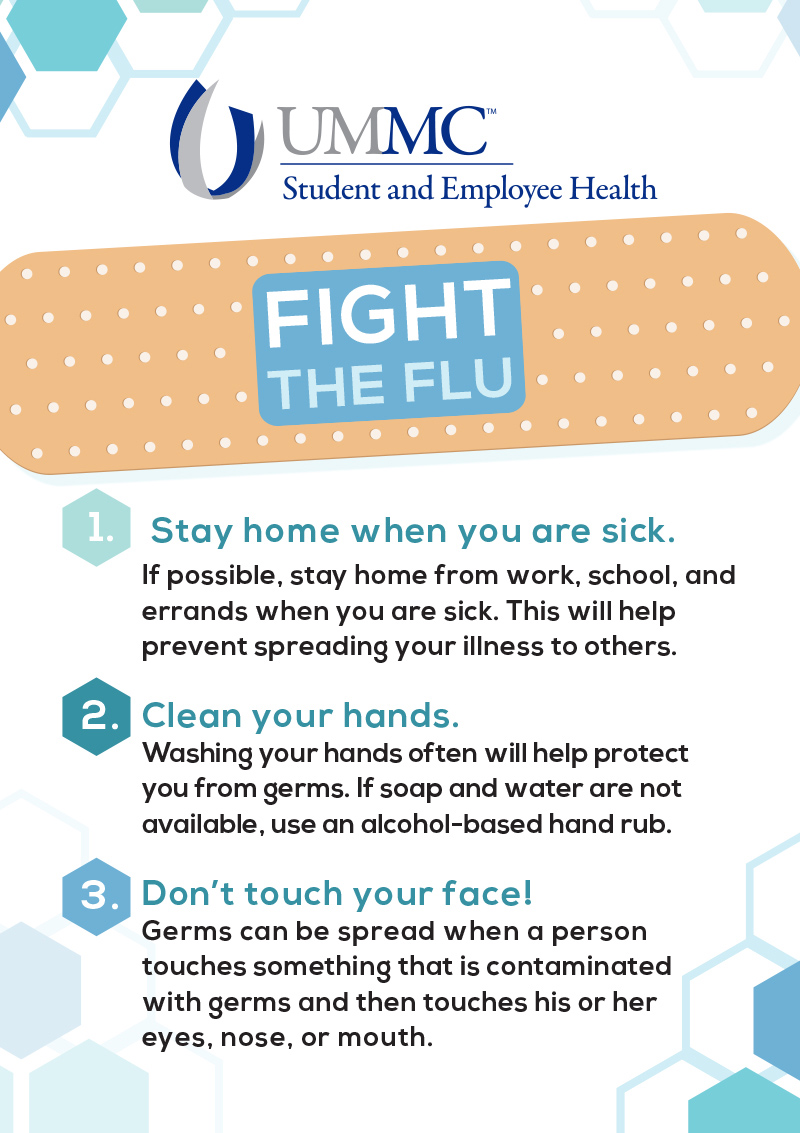As the flu season approaches, many individuals are curious about how much a flu shot costs in 2023. Understanding the pricing structure and insurance coverage can help you make informed decisions about protecting yourself and your loved ones from the flu. Whether you're insured or uninsured, there are various options available to ensure you receive the necessary vaccinations at an affordable price.
In this article, we will explore the cost of flu shots, where to get them, and how insurance coverage works. We'll also provide information on free or low-cost flu vaccines for those who may not have insurance. By the end of this guide, you should have a clear understanding of the financial aspects involved in getting vaccinated against the flu in 2023.
Finding Flu Vaccination Clinics Near You
To locate flu vaccination clinics in your area, you can visit Vaccine Finder. This resource helps you find nearby locations offering the flu vaccine. Most flu vaccines are either free or come at a low cost if you have insurance. However, if you do not have insurance, there are still affordable options available to you.
Vaccination clinics often cater to different needs and offer flexible scheduling. Many pharmacies and community health centers participate in programs that provide flu shots at reduced prices or even for free. It's important to check with local providers to understand their specific offerings and requirements.
Additionally, some workplaces and schools organize flu vaccination drives, making it convenient for employees and students to get vaccinated without additional travel. These initiatives aim to increase accessibility and ensure widespread protection against influenza during peak seasons.
Receiving Flu Shots Through Walgreens
Walgreens offers flu shot appointments where those enrolled in Medicare Part B and many with Medicaid in certain states can receive the flu shot at no cost. Their cash price is competitive, ensuring affordability for everyone. Scheduling your annual flu shot appointment at Walgreens is straightforward and efficient.
Besides individual flu shots, Walgreens allows you to receive multiple vaccines in one visit, which can save time and streamline your healthcare routine. This service is particularly beneficial for families looking to vaccinate several members simultaneously. The convenience factor adds value beyond just monetary savings.
Moreover, Walgreens frequently updates its policies based on current public health guidelines, ensuring that all administered vaccines meet the latest standards set by health authorities. This commitment to quality reassures customers about the safety and efficacy of the vaccines they receive.
Flu Shot Fees For Insured Individuals
Children and adults with health insurance covering vaccines typically face minimal out-of-pocket expenses. Those with incomes above 185 percent of the poverty level might be charged a nominal fee of $25.00 for the flu shot. Despite this fee, the overall expense remains relatively low compared to potential medical bills resulting from untreated flu complications.
For uninsured individuals, King County in Washington State provides flu shots priced between $30 and $50 for the regular dose vaccine. Prices may vary depending on factors like age group and specific vaccine type required. Always inquire beforehand regarding any discounts or subsidies applicable to your situation.
It's crucial to consider timing when planning for flu shots since early vaccination enhances immunity before flu activity peaks. Getting vaccinated promptly ensures better protection throughout the season while reducing strain on healthcare systems later on.
Locations Offering No-Cost Flu Shots
The flu shot is proven safe and effective, widely accessible through numerous venues offering no-cost services. Walk-in locations across communities facilitate easy access without requiring prior appointments, catering especially well to busy schedules. Public health departments play a significant role here by organizing campaigns aimed at maximizing participation rates.
Community centers, hospitals, and private practices contribute significantly towards expanding reach among underserved populations. They often collaborate closely with government agencies and nonprofit organizations to deliver comprehensive care packages including education alongside actual vaccinations.
These efforts underscore society's collective responsibility toward maintaining public health standards amidst evolving challenges posed by seasonal illnesses like influenza. Supporting such initiatives fosters healthier communities resilient against outbreaks.
Affordable Vaccine Pricing Structures
CMS outlines detailed pricing structures related to vaccines, specifying that influenza vaccines generally cover 95% of the Average Wholesale Price (AWP). In hospital outpatient departments or similar specialized settings, adjustments apply according to federal regulations governing reimbursement rates.
Such frameworks aim to balance cost recovery objectives with equitable distribution principles ensuring broad accessibility irrespective of socioeconomic status. Transparent communication around these figures empowers consumers to budget accordingly ahead of time.
Furthermore, ongoing negotiations between manufacturers and procurement entities continually refine these benchmarks reflecting real-world dynamics within the pharmaceutical industry. Keeping abreast of these developments enables stakeholders—both providers and recipients—to optimize resource allocation effectively.
Free Or Low-Cost Vaccines In Austin
In Austin, Texas, no one gets turned away due to inability to pay for vaccines. Specific pricing details reveal that immunizations for children aged 0-18 years old cost $13.00 per dose at designated clinics. Mobile vaccine units further extend outreach capabilities into remote areas enhancing inclusivity measures significantly.
Local governments prioritize preventive healthcare interventions recognizing long-term benefits outweigh short-term investments required initially. Programs targeting vulnerable demographics demonstrate tangible outcomes improving overall population health metrics year after year.
By fostering partnerships between diverse sectors including academia, industry leaders, and grassroots movements, cities like Austin exemplify best practices promoting universal access to essential medical services regardless of financial constraints faced individually or collectively as communities striving towards shared goals of wellness promotion worldwide.

